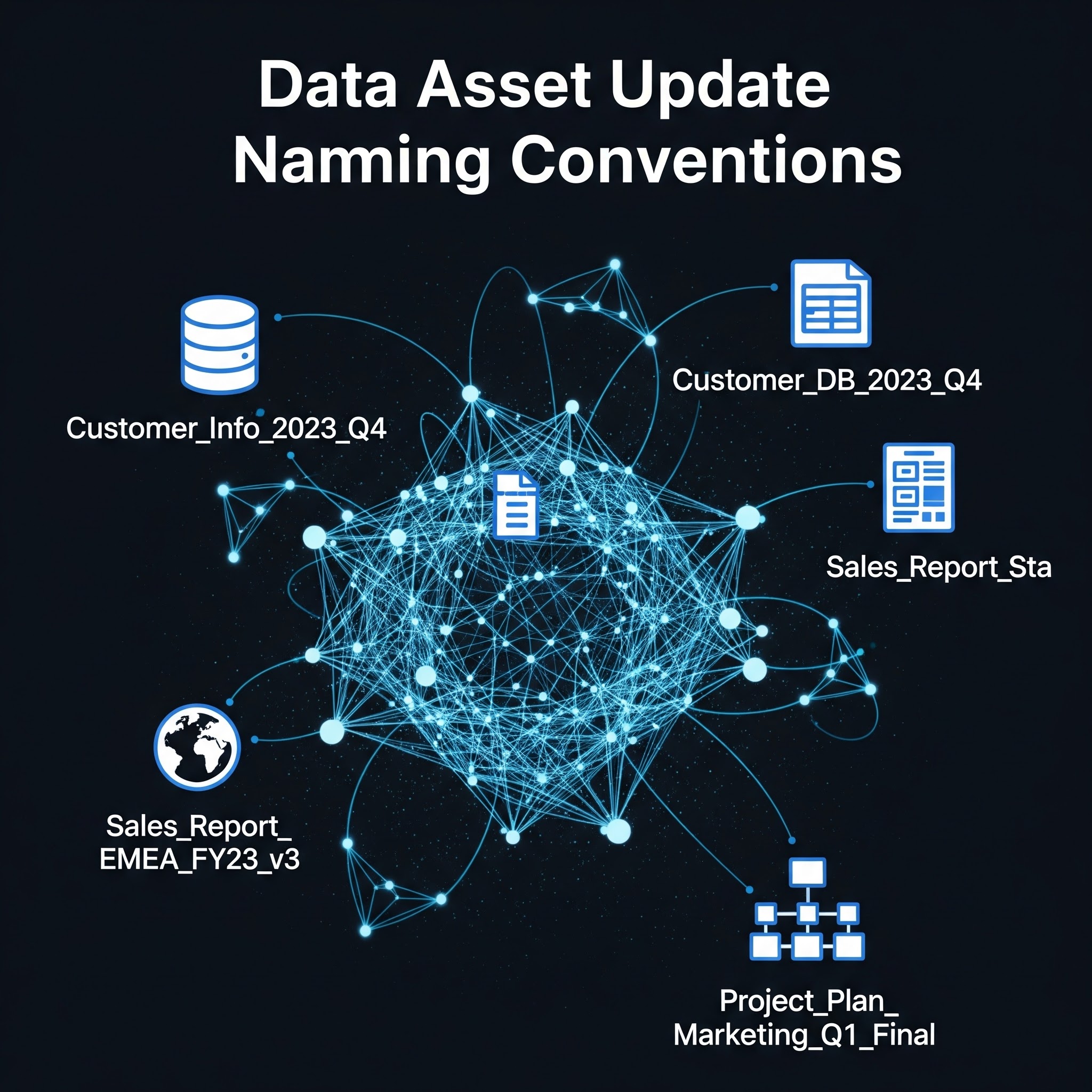What Figma Did for Designers, Ellie.ai Is Doing for Data Teams


Before Figma, design collaboration was painful. Teams worked in static files, passed screenshots over Slack, and managed feedback through long email threads. Designers and developers worked in parallel—but rarely together. It wasn’t efficient, and it definitely wasn’t aligned.
Soon thereafter, Figma became mainstream and project managers, developers, copywriters, and even executives could co-create in the same space. Real-time collaboration replaced static files, shared understanding replaced silos, design shifted from a handoff to a conversation, and the entire product development process improved.
Today, data teams are facing a similar turning point. Most modeling still happens in isolation: locked in slide decks, Lucidchart files, or scattered docs. But building scalable, aligned, and trustworthy data systems requires more than individual effort. Just as Figma redefined how design teams work, Ellie.ai is rethinking how data teams’ model, document, and align. And it starts by treating modeling not as a solo activity—but as an evolving, collaborative process.
Why Siloed Modeling Breaks Down
In many organizations, modeling is still treated as a solo activity. An architect builds a diagram in Lucidchart or a static tool, then shares it in a deck or wiki. Feedback is slow, non-technical collaborators don’t engage, and the model quickly becomes outdated.
The consequences go beyond inconvenience. When modeling is disconnected:
- Data lineage gets lost
- Ownership becomes unclear
- Glossary terms drift out of sync with systems
Teams duplicate effort, misinterpret logic, or ship products based on outdated assumptions. Modeling in a silo doesn’t just lead to confusion—it introduces risk, rework, and wasted time.
Figma Changed Design by Changing the Workflow
Figma didn’t succeed just because it moved design to the cloud. It succeeded because it reimagined the entire workflow. Before Figma, tools like Sketch and Photoshop were file-based. Feedback was asynchronous, version control was messy, and non-technical teammates were mostly left out of the process.
The real game changer came when Figma introduced a shared canvas where everyone, despite their technical background could collaborate in real time. You didn’t need to “hand off” designs—you could work on them together. This wasn’t just about speed, it was about shared understanding. Alignment happened earlier, feedback loops shortened, and products improved. By making design visible, interactive, and accessible, it invited people across the organization to participate in shaping the product.
Data teams can learn from that. When models are locked away or only understood by a few teammates, collaboration breaks down. But when modeling becomes a shared canvas, the entire organization gains clarity. Ellie.ai brings that visibility and access to data modeling. Because just like design, data shapes every decision.
With Ellie.ai, Modelling Becomes a Shared Language
Before Ellie.ai, modeling meant juggling multiple tools: Lucidchart for diagrams, Confluence for context, spreadsheets for ownership, and endless Slack threads to clarify meaning. Diagrams were created once and rarely updated, glossaries were scattered, and feedback arrived too late—if at all.
This fragmented process didn’t just slow things down, it fostered confusion, duplication, and distrust. Everyone saw a different version of the truth, and no one had a complete picture. Ellie.ai changes that. It brings collaboration-first principles to technical modeling—transforming it from a static task into a living, team-driven process.
With Ellie.ai:
- Business and technical users can model together in real time
- Glossaries, metadata, and diagrams live in one unified space
- Feedback and iteration are built into the modeling experience
- Domains, ownership, and relationships are defined visually and semantically
Just like Figma brought designers, engineers, and PMs into one shared workspace, Ellie brings data engineers, domain owners, analysts, and business stakeholders together—so modeling becomes a shared language, not a lost artifact.
Diagrams vs. Models: What’s the Difference?
At a glance, a diagram and a model may look similar but functionally, they’re worlds apart.A diagram is a static snapshot. It shows structure, but not always meaning. It’s often built for a single audience and rarely updated.
A model is collaborative, living, and purpose driven. It connects what exists to why it matters and who it impacts. It captures ownership, lineage, and evolution. It enables better decisions because it reflects shared understanding.
While a diagram might show that a sales table connects to a revenue dashboard, a model defines what “revenue” actually means, who owns the data, and what business rules apply. It connects technical logic with business meaning, creating a shared language across roles.
Ellie.ai enables this shift by embedding glossary terms, ownership metadata, and domain context right into the visual model—so everyone is on the same page.
How Collaboration Actually Works in Ellie
Collaboration in Ellie isn’t an afterthought—it’s deeply embedded in every part of the user experience. Highlights include:
- Real-time co-editing: Teams can work simultaneously in the browser, seeing updates live and avoiding version conflicts.
- Commenting on context: Stakeholders can tag teammates and comment directly on diagrams, glossary entries, or data products, ensuring conversations stay attached to the right context.
- Approval workflows & roles: Custom user roles and approval processes ensure domain leads review and endorse updates before they’re finalized.
- Version history & branching: Users can create personal drafts (like branches), update models in isolation, then publish changes once validated.
- Unified canvases & glossaries: From conceptual ER diagrams to metadata definitions, everything lives in one interconnected system—no more switching between tools.
This isn’t about drawing boxes and arrows, it’s about building shared understanding, together.
Why Other Tools Don’t Get You There
Most diagramming tools weren’t built for data modeling—they were built for drawing. They don’t understand domains. They can’t link to metadata. And they’re usually divorced from the systems and stakeholders they aim to represent.
Teams end up stitching together diagrams, spreadsheets, wiki pages, and tribal knowledge to build context. It’s fragile, time-consuming, and error prone. Ellie replaces this fragmented approach with a single, collaborative workspace purpose-built for modeling modern data systems.
Why Collaboration Matters More Than Ever
Today’s data landscape is more complex than ever, spanning dozens of tools, hundreds of data products, and countless decisions that impact governance, privacy, and AI readiness. No single person holds the full picture. Collaborative modeling aligns teams earlier, prevents costly rework, and ensures that your data architecture reflects not just what exists but what matters. Ellie.ai doesn’t just model systems, it models alignment.
From Model to Execution: Enabling Data Products
Ellie.ai doesn’t stop at modeling—it connects your models to execution. By tying together business context, technical structure, and domain ownership, Ellie.ai creates a foundation for real data products. It clarifies who’s responsible, how data flows, and what success looks like. Teams can use Ellie.ai to define data products around real business needs like customer segmentation, marketing attribution, or fraud detection, and model how data flows from producers to consumers. This gives each product clear inputs, owners, and outcomes. Modeling with execution in mind helps ensure that what teams design in theory is actually useful in practice.
What This Means for Data Governance
Good data governance depends on shared understanding. Who owns what? What data lives where? What policies apply? When diagrams are static and siloed, these questions are hard to answer. Ellie.ai brings governance into the modeling process itself—making ownership visible, lineage traceable, and definitions consistent across domains.
This is especially valuable in regulated industries, where understanding data provenance and ensuring proper access controls is essential. Ellie.ai helps teams:
- Track changes across models and domains
- Enforce policy alignment during model updates
- See who owns each data product and glossary term
By integrating governance into daily workflows, Ellie reduces friction and improves audit readiness—without slowing teams down.
Design Went Collaborative. Now It’s Data’s Turn.
Figma gave designers a seat at the strategy table by making their work more accessible, interactive, and aligned with business needs. Ellie.ai is doing the same for data. It’s not about drawing better diagrams. It’s about unlocking shared understanding, collective ownership, and smarter decisions—through collaboration.
In the same way that collaborative design unlocked a new wave of product innovation, collaborative modeling will unlock the next era of data-driven strategy. Ellie.ai isn’t just another tool—it’s a new way of working with data, together. It’s time to stop diagramming in silos and start modeling together.
Interested in learning more? Book a call with one of our data experts to learn how you can start building better data products today.









